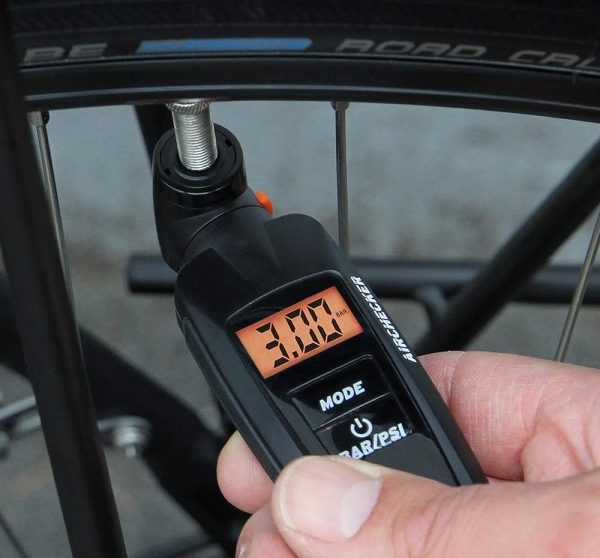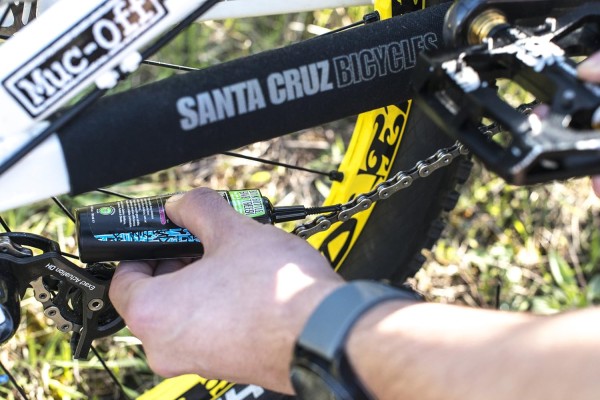If you’ve ever hit the trails on your mountain bike, you know the importance of protecting your eyes from dust, debris, and the elements. But when it comes to choosing between mountain bike goggles and glasses, there are various factors to consider. From comfort and fit to visibility and durability, each option has its pros and cons that can significantly impact your ride. Before you make your choice, make sure to weigh these factors carefully to ensure you’re getting the best gear for your biking adventures.
1. Comfort and Fit

When deciding between mountain bike goggles and glasses, consider how they feel on your face and how well they stay in place during your ride. Goggles provide full coverage and protection from dust, wind, and debris, making them ideal for downhill rides or challenging terrains. They snugly fit around your eyes, preventing any particles from entering.
On the other hand, glasses offer a lightweight and more breathable option, suitable for casual rides or less intense trails. They sit comfortably on your face, allowing for better airflow. However, glasses might slip or move around during rough rides.
2. Protection and Coverage
For optimal protection and coverage during your mountain biking adventures, the choice between goggles and glasses plays a crucial role in shielding your eyes from elements like dust, wind, and debris. Goggles offer complete coverage around your eyes, forming a tight seal that prevents any particles from entering. They also protect branches and bushes that might whip against your face on narrow trails.
Glasses, on the other hand, offer less coverage but are often sufficient for casual rides. They’re lighter and more breathable, making them a comfortable option for less intense biking sessions. Ultimately, the protection and coverage you need will depend on the terrain and conditions you typically encounter during your mountain biking excursions.
3. Visibility and Clarity
To assess the difference between mountain bike goggles and glasses regarding visibility and clarity, consider how each option affects your field of vision and perception while riding. Here are three key points to help you understand the importance of visibility and clarity when choosing between goggles and glasses:
- Coverage: Goggles provide a wider field of vision, protecting your eyes from debris and obstacles more effectively than glasses.
- Anti-fogging: Goggles often come with anti-fog features, ensuring clear vision in various weather conditions, which can be a challenge with glasses.
- Impact Protection: Goggles offer better impact protection, shielding your eyes from branches, rocks, and other hazards encountered on the trail.
4. Ventilation and Fogging
Consider how ventilation and anti-fogging capabilities play a crucial role in determining the practicality of mountain bike goggles versus glasses while riding in varying weather conditions.
Goggles are designed with ventilation systems that help reduce fogging, making them ideal for riding in humid or cold weather. The snug fit of goggles also helps keep out dust and debris, enhancing your visibility.
On the other hand, glasses may lack sufficient ventilation, leading to fogging issues, especially during intense rides. While some glasses come with anti-fog coatings, they may not be as effective as the ventilation systems in goggles.
Therefore, when it comes to ventilation and fogging, mountain bike goggles tend to outperform glasses, providing you with a clearer view of the trail ahead.
5. Durability and Maintenance
When comparing mountain bike goggles to glasses, durability, and maintenance play a critical role in determining the longevity of your eyewear. Here’s how the two stack up:
- Durability:
Goggles are generally more durable than glasses due to their robust construction and impact-resistant lenses. They can withstand falls, debris, and harsh weather conditions better than glasses. - Maintenance:
Goggles are easier to maintain as they cover a larger portion of your face, protecting your eyes from dirt, mud, and splashes. They’re also easier to clean and less prone to scratches compared to glasses. - Longevity:
Due to their durability and easier maintenance, goggles tend to have a longer lifespan than glasses, making them a more cost-effective option in the long run.
Frequently Asked Questions
Are Mountain Bike Goggles or Glasses Better for Riders With Prescription Lenses?
For riders with prescription lenses, both mountain bike goggles and glasses have benefits. Goggles offer full eye protection, while glasses provide versatility. Consider your preferences for fit, coverage, and style to determine the best option for your needs.
Can Mountain Bike Goggles or Glasses Be Worn Over Regular Eyeglasses?
Yes, you can wear mountain bike goggles or glasses over regular eyeglasses. Goggles provide better protection against debris and wind, while glasses offer a more casual option. Choose based on your preferences for comfort and visibility.
Do Mountain Bike Goggles or Glasses Offer Any UV Protection for the Eyes?
Shield your eyes from harmful UV rays on the trails with mountain bike goggles or glasses. Both options provide UV protection, ensuring your eyes are safeguarded while you conquer the rugged terrain. Stay safe and ride on!
Are There Any Special Considerations for Riders With Sensitive Skin When Choosing Between Goggles and Glasses?
If you have sensitive skin, choosing between goggles and glasses for mountain biking is crucial. Consider factors like fit, padding, and materials. Goggles may offer more coverage, but glasses with soft, hypoallergenic frames could be gentler on your skin.
Can Mountain Bike Goggles or Glasses Be Easily Adjusted for a Secure Fit During Intense Riding Sessions?
When tackling intense rides, mountain bike goggles and glasses offer secure fits. Goggles provide extra coverage and a snug strap, ideal for rough terrains. Glasses with adjustable nose pads and temple arms ensure a personalized, stable feel.





